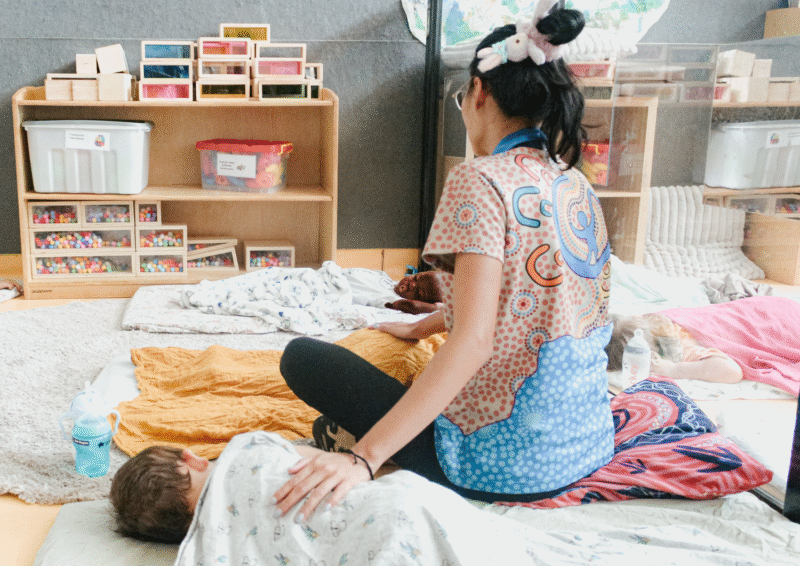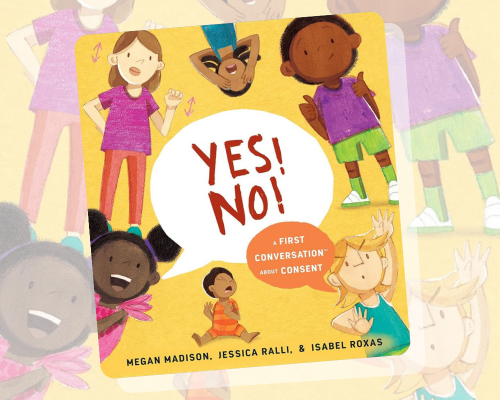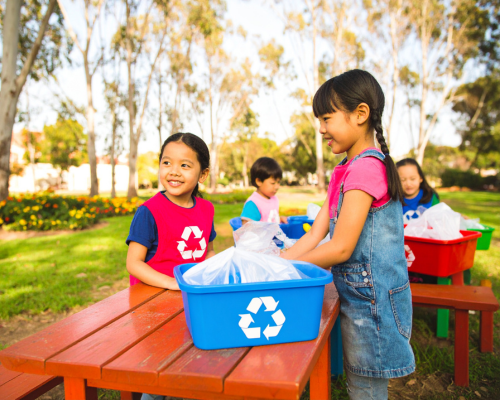Keeping children safe is at the core of everything we do in early childhood education, and that commitment extends beyond play and learning to include sleep and rest.
Rest time is not simply a break in the daily routine; it is a vital opportunity to support children’s physical growth, emotional regulation, and cognitive development.
As educators and leaders, we play a key role in creating environments where children feel secure enough to rest. Safe and nurturing sleep spaces require more than soft lighting and comfortable bedding – they require a deep understanding of each child’s needs, regulatory requirements, and best practice guidelines.
When we draw on our professional knowledge, sector experience and the trusting relationships we’ve built with families, we’re able to create and adapt sleep practices that are thoughtful, consistent and grounded in care. Often, we are also in a position to advocate for children’s sleep health – whether it’s by offering guidance to families, sharing observations about a child’s rest patterns or suggesting helpful strategies for home routines. These meaningful conversations with families strengthen our partnerships and demonstrate our shared commitment to each child’s wellbeing.
Emotional Sleep Safety & What to Consider
When setting up sleep and rest environments, it’s helpful to reflect on what children are experiencing through all their senses:
- What does the space look like? Is it calm and uncluttered, or is it visually overstimulating and bright?
- What does it sound like? Are there disruptive noises, chatter from nearby areas or music that’s too loud or jarring?
- What does it feel like? Are the sheets and blankets soft and comfortable? Is the room too hot or too cold?
- What does it smell like? Some gentle scents, such as lavender, rose or jasmine, can help promote a sense of calm and support restful sleep.
By being intentional about the sensory environment, we can better support children to relax and transition into rest. These small details have a big impact on children’s comfort, sense of safety, and ability to self-regulate.
Need more tips like these?
Our Safe Sleep and Rest Essentials On-demand Webcast is designed for educators at all levels – from those new to the sector to experienced service leaders. It provides practical, regulation-aligned guidance for embedding safe and responsive sleep practices into your daily program.
The webcast draws on the latest trusted advice from Red Nose and aligns with Quality Area 2: Children’s Health and Safety of the National Quality Standard (NQS). Key focus areas include:
- Creating calm, nurturing sleep environments
- Supporting each child’s unique sleep, rest and relaxation needs
- Identifying and managing potential sleep-related risks
- Embedding wellbeing-focused practices into everyday routines
These practices are more than regulatory, they reflect our responsibility to support children’s holistic development. The webcast also links directly to the Early Years Learning Framework (EYLF) and My Time, Our Place (MTOP), with an emphasis on fostering a strong sense of wellbeing.
Access the Webcast Today
Whether you’re refreshing your own knowledge, inducting new team members, or leading quality improvement initiatives, this session offers the tools and confidence you need to make every rest time safe, supportive and meaningful.



